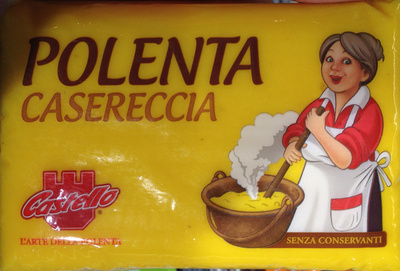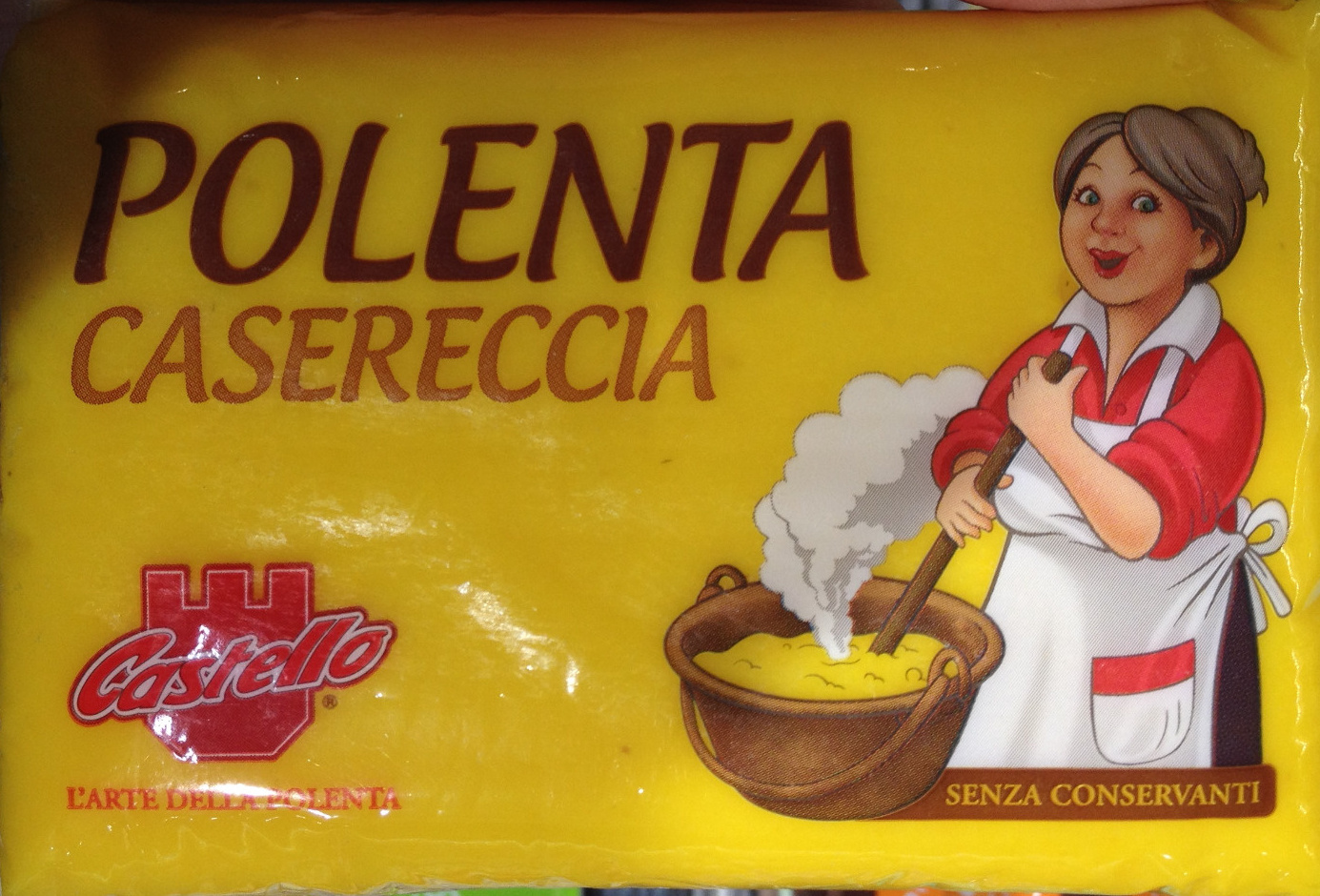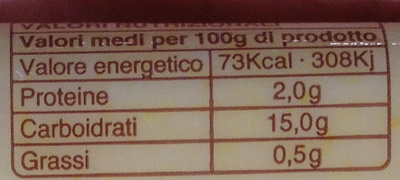Polenta Casereccia - Castello - 500 g
This product page is not complete. You can help to complete it by editing it and adding more data from the photos we have, or by taking more photos using the app for Android or iPhone/iPad. Thank you!
×
Barcode: 8003086000171 (EAN / EAN-13)
Quantity: 500 g
Brands: Castello, AL.CA Food
Categories: Plant-based foods and beverages, Plant-based foods, Cereals and potatoes, Cereals and their products, Cereal semolinas, Corn semolinas, Corn semolinas for polenta, fr:Polenta
Labels, certifications, awards: No preservatives
Manufacturing or processing places: Italie, AL.CA. FOOD s.r.l., Via C. Battisti 71 - 35047 - Solesino (PD), Italia
Traceability code: IT V7L93 CE
Stores: Grand Frais
Countries where sold: France
Matching with your preferences
Environment
Carbon footprint
Packaging
Transportation
Report a problem
Data sources
Product added on by jeanbono
Last edit of product page on by telperion87.
Product page also edited by packbot, roboto-app.









